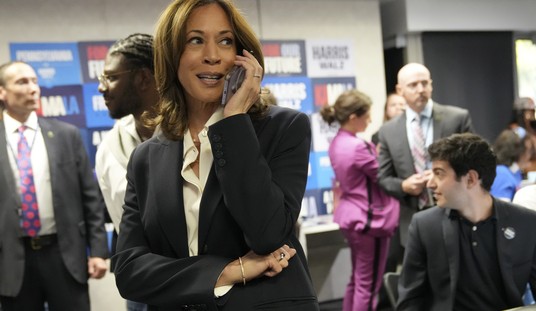Did Bear Stearns really need to go down in flames? It's a question that needs to be asked, and my answer is no.
Of course, I don't know the value of Bear Stearns's assets, and whether they could have served as collateral for private or government loans. So I cannot be entirely certain that my answer is correct. But here's how I see it:
Since the elimination of the Glass-Steagall Act in 1999 -- a move that broke down the wall separating commercial and investment banks that had existed since the 1930s -- the Federal Reserve never changed its discount lending policies. In other words, until Sunday night, when Bear Stearns was already destined for the dustbin, the Fed was able to make loans to commercial banks like JPMorgan Chase, but not directly to brokers like Bear Stearns.
Throughout the credit crisis, which dates back to last summer, the Fed's discount lending to banks was supposed to trickle down to brokers. But it never really did. Big banks either horded their cash or spent it for their own various purposes. As one Bear Stearns official noted to me, this is the first credit and lending crisis since the end of Glass-Steagall. And the consequences for Bear Stearns were catastrophic. While the Fed announced a $200 billion auction lending facility for both banks and brokers last Tuesday, that facility won't be activated for a couple more weeks. So no help there.
But if the Fed had changed its discount polices to reflect the post-Glass-Steagall era, Bear Stearns could have accessed short-term Fed loans, even for a few days. That could have made all the difference in the world.
Recommended
Watching the venerable old firm pawned off to JPMorgan Chase for a couple hundred million bucks -- basically a bag of peanuts -- is painful to me. The building itself is worth at least $1.5 billion. And even though Bear made big mistakes with sub-prime hedge funds, the firm is chock full of talent and brainpower. Down through the years, the smart people at Bear were able to avoid numerous financial difficulties while helping the firm stay profitable. Bear alumni are scattered everywhere, as successful investment bankers, broker-dealers and financial advisors.
And yes, even one TV broadcaster. I served two stints at Bear Stearns, as chief economist and partner. I was there from 1978 to 1980, before heading to Washington to work for President Reagan. I was there again between 1986 and 1994, after which I resigned for difficult personal reasons.
But I won't let my personal involvement with Bear cloud my judgment of recent events: In waiting so many years to revise its discount policies in a manner consistent with congressional legislation, the Fed is guilty of a serious policy error.
All of this kind of makes me wonder whether Bear Stearns wasn't some kind of sacrificial lamb. Did government policy makers hope to convince the public that a big Wall Street firm could indeed fail? Or wouldn't be bailed out? Listen, they were buried, not bailed out.
The fact is, Bear shareholders got creamed with the $2 per share purchase price. The shareholders include all the men and women who've worked there for years, and who own roughly one-third of the firm's equity.
I applaud the Fed for backstopping the financial system and preventing a run on the whole banking sector. That's what it's there to do. Treasury Secretary Paulson said repeatedly, "The government is prepared to do what it takes to maintain the stability of our financial system." He is absolutely right. So is President Bush, who said, "We've taken strong and decisive action in challenging times," adding that "in the long run our economy is going to be fine."
While the media are trying to make pessimism our new national pastime, the president is right. The United States has faced numerous credit crunches down through the years, and the free-market economy has survived very well.
What's more, while the usual clamor for more government action is coming out of Washington, let's not forget that it's the private sector that drives our great economy toward success. Prosperity-killing actions from Washington, like tax hikes, trade protectionism or massive overregulation, would certainly stunt the long-run health of the economy.
Ultimately, market prices in the housing sector must adjust. That is the only viable solution. And while some families will be forced to become renters, other families will have a chance to purchase a new home at affordable prices. Capitalism is all about winners and losers, and it's the market that must drive the adjustment, not the government.
And for all the disappointed Bear Stearns partners out there, including the many families and friends that I know well, hold your heads up high. Better days are coming.
























Join the conversation as a VIP Member